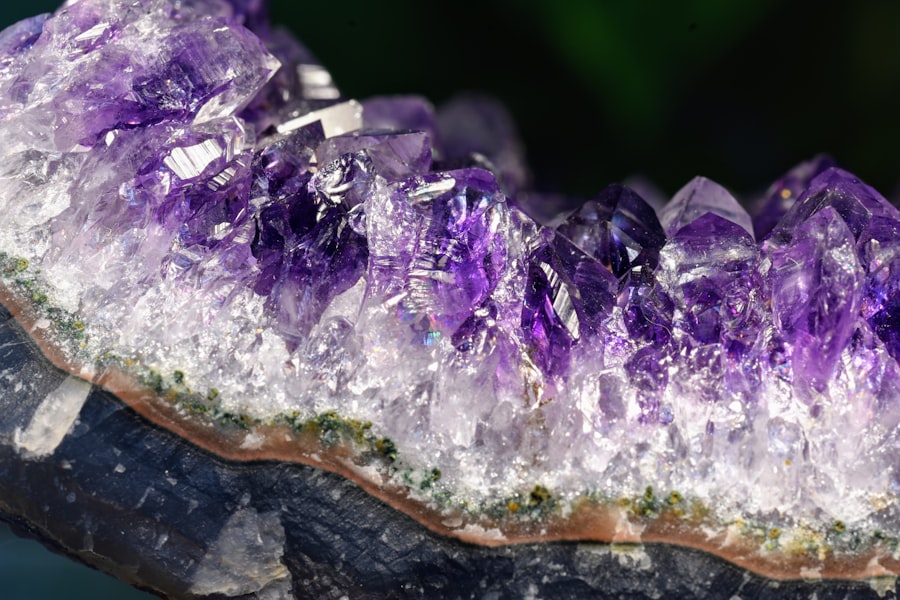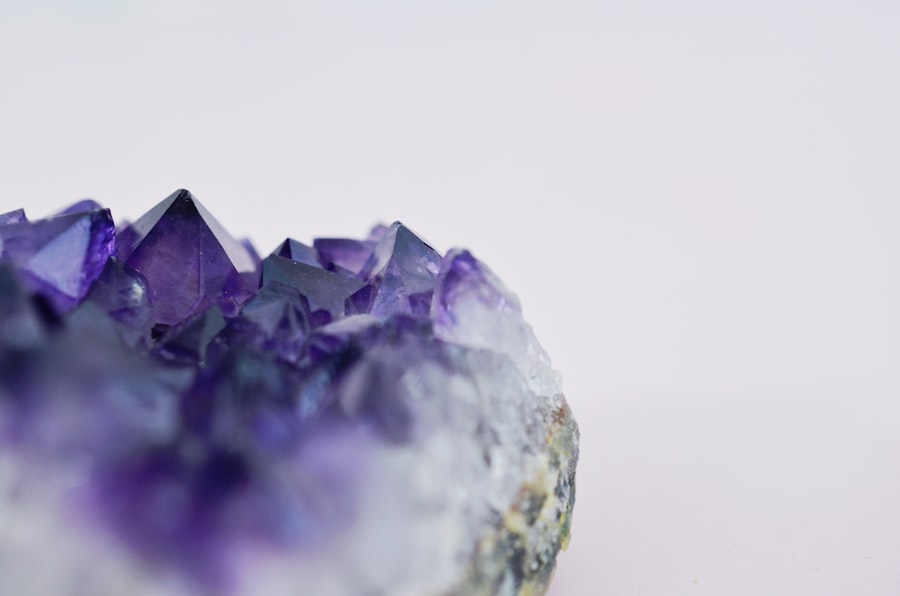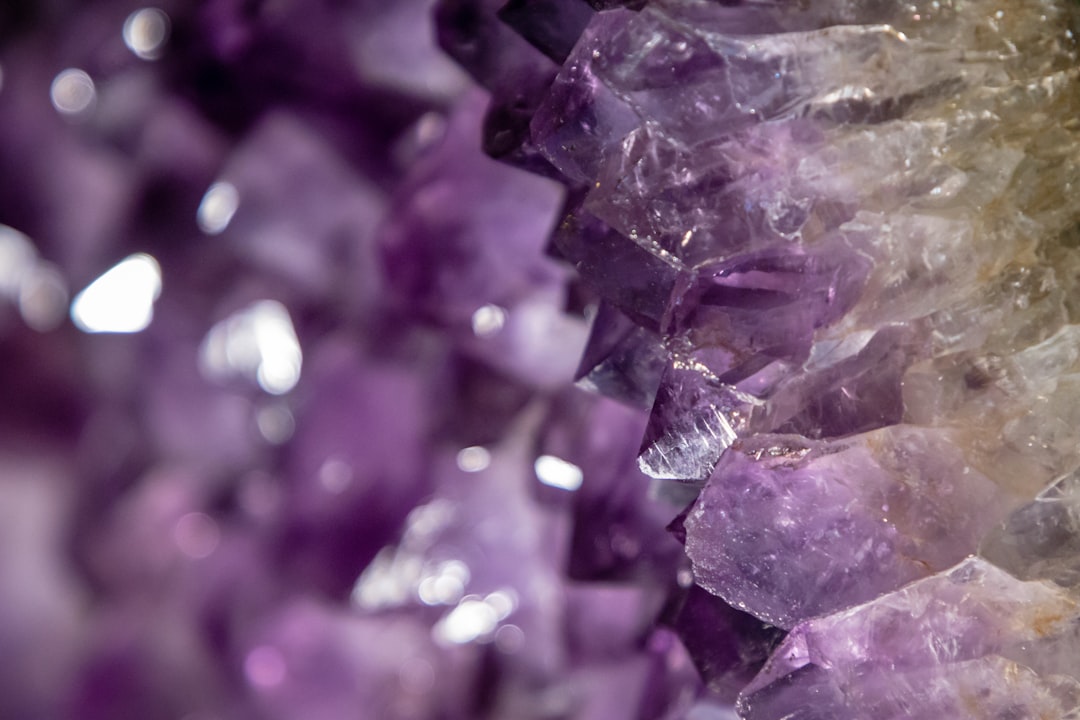End of life healing encompasses a holistic approach to the emotional, spiritual, and physical well-being of individuals nearing the end of their life journey. This process is not merely about managing pain or physical symptoms; it involves addressing the deeper emotional and spiritual needs that arise during this profound transition. As individuals confront their mortality, they often experience a range of emotions, including fear, sadness, and even moments of peace and acceptance.
The healing process can provide comfort and solace, allowing individuals to find meaning in their experiences and to connect with their loved ones in a meaningful way. The concept of end of life healing is rooted in various cultural and spiritual traditions that recognize the importance of a dignified and peaceful transition. Many practices emphasize the significance of creating a supportive environment where individuals can express their feelings, share their stories, and reflect on their lives.
This environment can be enhanced through various modalities, including music, art, and the use of natural elements such as stones. By integrating these elements into the healing process, individuals can cultivate a sense of tranquility and connection that transcends the physical realm.
Key Takeaways
- End of life healing is a holistic approach to providing comfort and support to individuals nearing the end of their life journey.
- Stones can play a significant role in providing comfort and solace to individuals during the end of life process.
- When choosing stones for end of life healing, it is important to consider the individual’s preferences, beliefs, and needs.
- Stones can be used for comfort through various methods such as holding, placing on the body, or creating healing grids.
- End of life healing with stones can provide benefits such as pain relief, emotional support, and spiritual connection for individuals and their loved ones.
The Role of Stones in Comfort
The Comforting Presence of Stones
Their natural beauty and tactile qualities can evoke feelings of peace and serenity, making them ideal companions during times of emotional turmoil. The act of holding or simply being near stones can provide a sense of grounding, helping individuals to feel more centered amidst the chaos of impending loss.
The Energies of Different Stones
Different stones are believed to carry specific energies that can aid in various aspects of healing. For instance, amethyst is often associated with tranquility and spiritual awareness, while rose quartz is linked to love and compassion. These properties can be particularly beneficial for individuals facing the end of life, as they seek to cultivate a sense of inner peace and emotional support.
Connecting with the Earth’s Energies
By incorporating stones into their healing practices, individuals can create a tangible connection to the earth and its nurturing energies, fostering a sense of comfort during this challenging time.
Choosing the Right Stones for End of Life Healing

Selecting the appropriate stones for end of life healing involves understanding the unique properties associated with different types of stones and how they resonate with individual needs. Each stone carries its own vibrational frequency, which can influence emotional states and promote healing in various ways. For example, lapis lazuli is known for its ability to enhance self-awareness and facilitate communication, making it an excellent choice for those wishing to express their feelings or share their life stories with loved ones.
Another stone that may be beneficial is black tourmaline, which is often used for protection against negative energies. This can be particularly important for individuals who may feel overwhelmed by fear or anxiety as they approach the end of their lives. By choosing stones that resonate with their personal experiences and emotional needs, individuals can create a customized healing toolkit that supports them on their journey.
It is essential to approach this selection process with intention and mindfulness, allowing intuition to guide choices based on what feels right for each individual.
How to Use Stones for Comfort
| Stone | Comfort Benefit |
|---|---|
| Amethyst | Calms the mind and promotes peaceful sleep |
| Rose Quartz | Brings love and emotional healing |
| Black Tourmaline | Provides protection and grounding |
| Lapis Lazuli | Enhances self-awareness and inner truth |
Incorporating stones into end of life healing practices can take many forms, each offering unique benefits. One common method is to create a personal stone collection that individuals can keep close by during moments of reflection or meditation. Holding a stone in one’s hand while focusing on its energy can help facilitate a sense of calm and grounding.
This practice encourages mindfulness, allowing individuals to connect with their inner selves and process their emotions in a safe space. Another effective way to use stones is through placement in a designated area within the home or care facility. Creating an altar or sacred space adorned with meaningful stones can serve as a focal point for meditation or prayer.
This space can be enhanced with other elements such as candles, flowers, or photographs that evoke positive memories. By visiting this space regularly, individuals can cultivate a sense of peace and connection to their spiritual beliefs, fostering an environment conducive to healing.
Benefits of End of Life Healing with Stones
The benefits of incorporating stones into end of life healing practices are manifold. One significant advantage is the promotion of emotional well-being. The calming energies associated with certain stones can help alleviate feelings of anxiety and fear, allowing individuals to approach their situation with greater acceptance and peace.
This emotional support can also extend to family members who may be struggling with their own feelings of grief and loss. Additionally, stones can facilitate deeper connections between individuals and their loved ones. Sharing stories about specific stones or engaging in activities that involve these natural elements can create opportunities for meaningful conversations.
This shared experience fosters intimacy and understanding during a time when relationships are often strained by the weight of impending loss. Ultimately, the use of stones in end of life healing not only supports individual well-being but also strengthens familial bonds during this critical period.
Personal Stories of End of Life Healing with Stones

The Comfort of Stones in Times of Need
Personal narratives often highlight the profound impact that stones can have during end-of-life experiences. One poignant story involves a woman named Sarah who was diagnosed with terminal cancer. As she navigated her illness, she found solace in collecting various stones that resonated with her journey. Each stone represented a different aspect of her life—joy, love, resilience—and she would hold them during moments of reflection or when she felt overwhelmed by fear.
This shared activity not only provided comfort but also opened up channels for communication about their feelings surrounding her illness. In her final days, Sarah’s bedside was adorned with these stones, creating an atmosphere filled with love and connection that transcended her physical condition.
Facilitating Healing and Conversation
Another story features a caregiver named Tom who worked with patients in hospice care. He began introducing stones into his practice after witnessing the calming effect they had on one particular patient who was struggling with anxiety about dying. Tom encouraged the patient to choose a stone that resonated with him from a collection he had gathered over time. The patient selected a smooth piece of jade, which he held tightly during moments of distress. Over time, this simple act transformed the patient’s experience; he began to associate the jade stone with feelings of safety and comfort.
Creating a Sacred Space for End of Life Healing
Creating a sacred space for end-of-life healing is an essential aspect that enhances the overall experience for both individuals and their loved ones. This space should be designed with intention, incorporating elements that evoke feelings of peace, love, and connection. The presence of stones can play a pivotal role in establishing this environment; they can be arranged thoughtfully on an altar or displayed prominently within the room.
In addition to stones, incorporating other meaningful items such as photographs, mementos from cherished experiences, or symbols representing spiritual beliefs can enrich the sacred space. Soft lighting from candles or lamps can create a warm ambiance conducive to reflection and relaxation. The inclusion of comfortable seating allows family members to gather around the individual comfortably, fostering an atmosphere where open conversations about feelings and memories can flourish.
Sound also plays an important role in creating a sacred space; gentle music or nature sounds can enhance relaxation and promote emotional healing.
By thoughtfully curating this space, individuals nearing the end of life can find solace in an environment that honors their journey while providing comfort to those who gather around them.
Honoring Loved Ones with Stones
Honoring loved ones through the use of stones is a beautiful way to commemorate their lives while providing comfort during times of grief. Families may choose to create memorial stones inscribed with names or meaningful phrases that capture the essence of their loved ones’ spirits. These stones can be placed in gardens or special locations where family members gather to remember and celebrate their lives.
Another way to honor loved ones is by gifting stones that represent specific qualities or memories associated with them. For instance, if a loved one was known for their kindness, gifting rose quartz—a stone associated with love—can serve as a reminder of their compassionate nature. Family members may also choose to carry these stones as talismans or keep them in special places at home as a way to maintain a connection even after physical loss.
Incorporating rituals involving stones into memorial services or gatherings can further enhance the experience of honoring loved ones. Family members might share stories about the significance of specific stones while passing them around as symbols of shared love and remembrance. This practice not only fosters connection among those grieving but also creates lasting memories tied to the natural beauty and energy that stones embody.
Through these various practices involving stones, individuals can navigate the complexities of grief while celebrating the lives they have lost. The act of honoring loved ones through these natural elements serves as a testament to the enduring bonds that transcend even death itself.
FAQs
What are healing stones?
Healing stones, also known as crystals, are natural minerals that are believed to have various healing properties. They are often used in alternative and holistic medicine practices.
How are healing stones used in end of life care?
Healing stones are used in end of life care to provide comfort, promote relaxation, and alleviate symptoms such as anxiety and pain. They are often placed near the individual or used in massage therapy.
What are some common healing stones used in end of life care?
Common healing stones used in end of life care include amethyst, rose quartz, and clear quartz. Each stone is believed to have specific healing properties that can benefit individuals in palliative care.
Are there scientific studies supporting the use of healing stones in end of life care?
While there is limited scientific evidence supporting the use of healing stones in end of life care, many individuals and practitioners believe in the potential benefits of these stones for providing comfort and support during the dying process.
How can healing stones be incorporated into end of life care practices?
Healing stones can be incorporated into end of life care practices by placing them near the individual, using them in massage therapy, or incorporating them into relaxation and meditation exercises. It is important to consult with a healthcare professional before using healing stones in end of life care.

